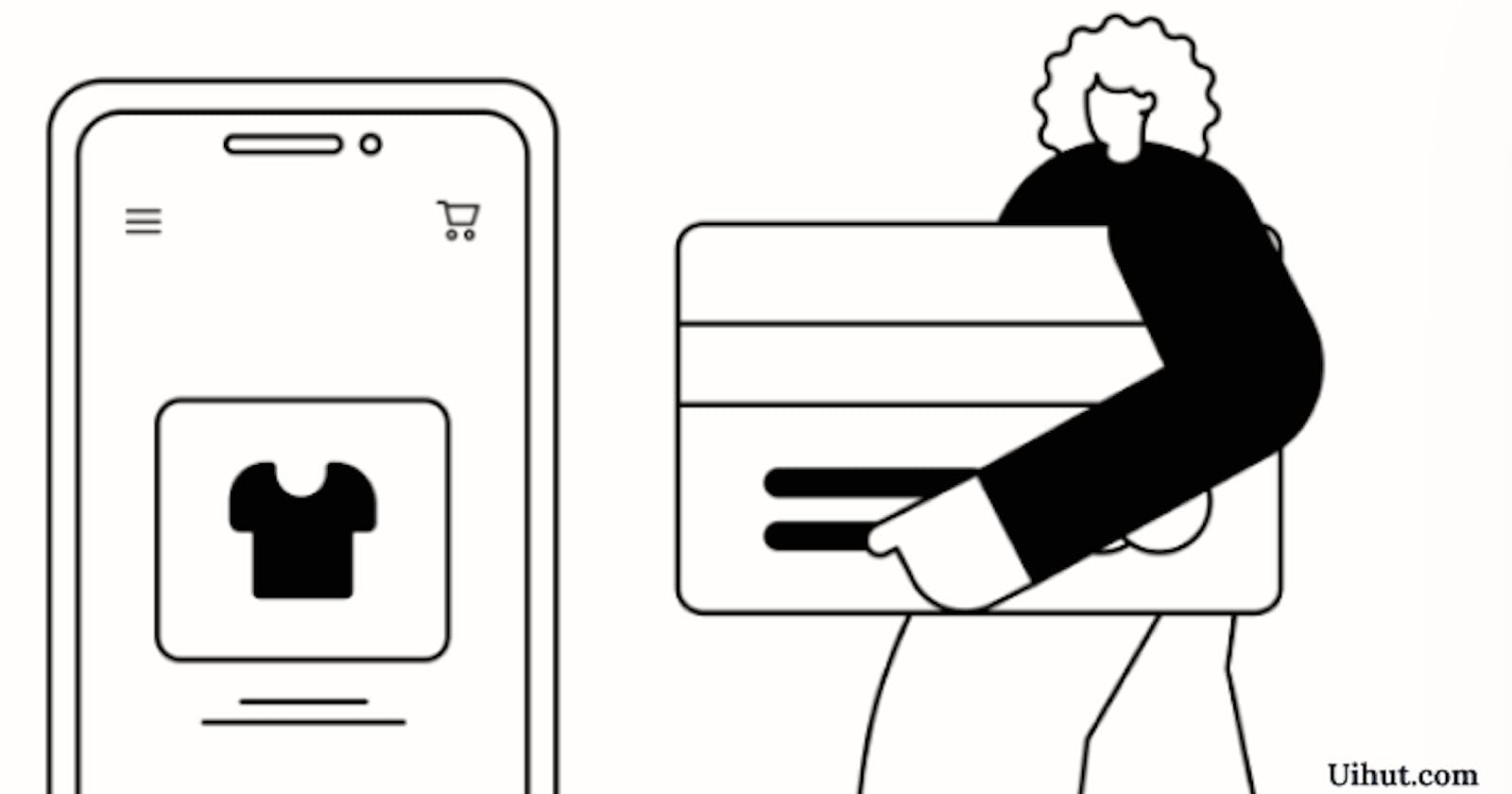Do you ever find yourself overwhelmed by too many options and distractions on a website or app? If so, you're not alone.
That's why minimalist UI/UX design has become increasingly popular in recent years.
Minimalism in UI/UX design means keeping things simple, clean, and uncluttered while still communicating clearly and providing an intuitive user interface.
Minimalist UI/UX design aims to create user-friendly, functional, and visually appealing interfaces by focusing on the user's needs and goals and using only the most essential design elements.
Let's explore the reasons why minimalism is important in UI/UX design and how it can transform your digital products.
1. Increased focus

Minimalism helps users focus on the most important design elements, features, functions, and actions of a product by simplifying the user interface and removing distracting elements.
One of the best practices in minimalist designs for increasing user focus is the use of white space or negative space. White space creates a clean and uncluttered look. It separates text, graphics, and other visual elements and makes it easier for users to focus and find what they're looking for.
Minimalism improves focus by lowering cognitive load. The amount of mental effort required to perform a task effectively is referred to as cognitive load. When the cognitive load is high, users may have trouble processing information and performing tasks. Minimalism also reduces cognitive load.
2. Improved usability

When users can easily use a website or app, they fall in love with it. This leads to more conversions and revenue. So improving usability is very important.
A well-designed product not only looks good but also makes it easier for users to complete their tasks and achieve their goals.
Minimalist UI/UX design help users navigate and interact with interfaces more easily.
By using minimal design elements, it is possible to communicate information to users in an effective and clear manner, directing users to use interfaces correctly as well. This enhances usability.
Users interact with a product's features and spend more time with it if it is simple and easy to use.
3. Enhanced readability

Easy-to-read websites and mobile apps signify professionalism and expertise. It builds trust and credibility with users.
Google also prefers websites with readable and well-structured content, which can improve SEO and ranking.
Minimalism improves the readability of the text and content of your product. It makes it easier for users to scan and understand information by using the most important texts and removing irrelevant text.
Clean and clear typography is used in minimalist design. Furthermore, the use of white space makes the interface appear less crowded and more organized, allowing users to read and understand the content more easily.
4. Easier Navigation
With so much information and options available online, users expect to find what they're looking for quickly and easily.
Minimalism in design prioritizes clarity and simplicity. It also prioritizes organizing icons, buttons, text, images, and other design elements in a way that establish a clear visual hierarchy and gives simple navigation.
By reducing the number of unnecessary menu options, a minimalist interface lets users navigate more quickly and easily.
With that, users find relevant information about what they're looking for and accomplish their goals faster. Also, well-designed navigation reduces bounce rates.
5. Consistent design
By focusing on simplicity and clarity, minimalist design ensures that every element of the interface serves a purpose, without overwhelming the user with unnecessary information. And that creates consistency.
A minimalist design tends to be more consistent, with a limited color palette, typography, and layout.
Consistent design elements create a visual language that users can easily recognize and follow. This gives the interface a more professional and user-friendly appearance.
6. Faster load times

Every second counts in today's fast-paced digital world. When it comes to websites and apps, load times can either make or break a company's success.
Slow loading times can cause frustration, high bounce rates, and missed engagement and conversion opportunities. Faster load times, on the other hand, can boost user engagement and satisfaction.
By reducing the number of unnecessary elements and code required to render interfaces, minimalist design can improve load times and overall performance.
Minimalism requires fewer graphics and elements on a page. That helps the website or application load much faster.
7. Lower maintenance costs
By reducing the number of elements and complexity of interfaces, minimalism can reduce maintenance costs and make it easier to update and modify interfaces.
Furthermore, a minimalist design is more likely to retain its relevance and usability over time, eliminating the need for costly redesigns.
It is also easier to maintain a user interface with fewer components and elements. Developers can give more attention to improving product functionality and less time to troubleshoot issues caused by overly complicated designs.
8. Increased Brand Recognition
A strong brand identity helps establish trust and authenticity with users, create a memorable user experience, and differentiate a brand from its competitors.
Minimalist designs help to establish strong brand recognition by using consistent typography, color schemes, and other design elements.
It focuses on the essential elements of a brand to create a memorable brand identity.
Designers can create a visual language that is unique to the brand and instantly recognizable by using design elements strategically.
9. Mobile responsiveness
Mobile devices are now an essential part of our daily lives. Almost every task now involves the use of a mobile device. Users expect mobile-friendly websites and applications.
A minimalist design is easier to adapt to mobile devices because it contains fewer elements that need to be resized or repositioned.
Minimalism also improves mobile responsiveness by ensuring that the interface is lightweight and loads quickly.
10. Improved user experience & satisfaction

The goal of minimalism in UI/UX design is to make the user's experience as smooth and enjoyable as possible.
With minimalism, users can focus on the essential elements and actions, leading to a more streamlined and efficient workflow. They can complete tasks quickly and effortlessly.
Finally, the main advantage of minimalism in UI/UX design is improved user experience and satisfaction.
Ending Remarks
Whether you're creating a website, app, or software, taking a minimalist approach can help you achieve your design goals and make your product stand out.
So, don't hesitate to embrace minimalism in your next design project.
Good luck!
